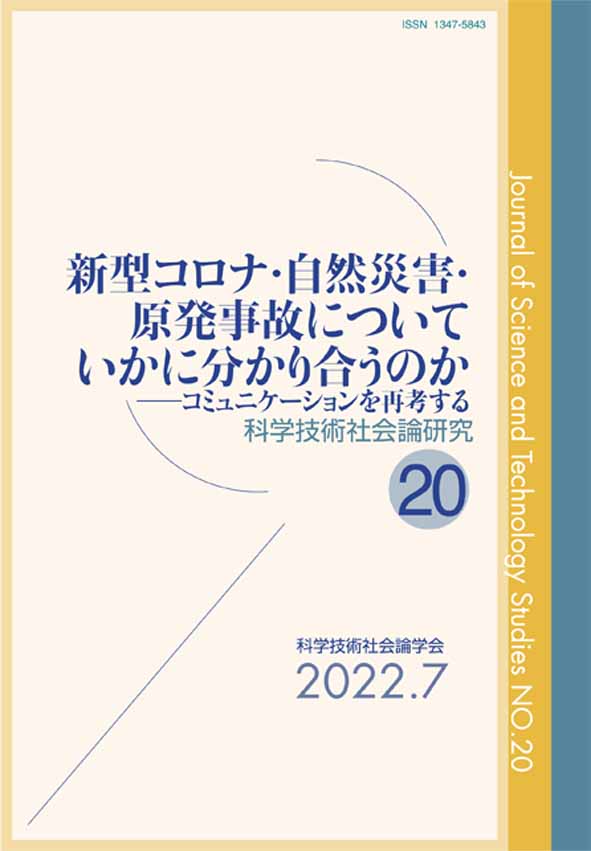Volume 20
Displaying 1-15 of 15 articles from this issue
- |<
- <
- 1
- >
- >|
Research Note
-
2022Volume 20 Pages 9-13
Published: July 10, 2022
Released on J-STAGE: July 10, 2023
Download PDF (3003K) -
Article type: Research Note
2022Volume 20 Pages 14-23
Published: July 10, 2022
Released on J-STAGE: July 10, 2023
Download PDF (3459K) -
Article type: Research Note
2022Volume 20 Pages 24-33
Published: July 10, 2022
Released on J-STAGE: July 10, 2023
Download PDF (3199K) -
Article type: Research Note
2022Volume 20 Pages 34-40
Published: July 10, 2022
Released on J-STAGE: July 10, 2023
Download PDF (3003K)
-
2022Volume 20 Pages 41-53
Published: July 10, 2022
Released on J-STAGE: July 10, 2023
Download PDF (3106K)
Review
-
Article type: Review
2022Volume 20 Pages 57-70
Published: July 10, 2022
Released on J-STAGE: July 10, 2023
Download PDF (3221K)
Article
-
Article type: Article
2022Volume 20 Pages 71-85
Published: July 10, 2022
Released on J-STAGE: July 10, 2023
Download PDF (3186K)
Research Note
-
Article type: Research Note
2022Volume 20 Pages 89-95
Published: July 10, 2022
Released on J-STAGE: July 10, 2023
Download PDF (2991K)
-
2022Volume 20 Pages 97-109
Published: July 10, 2022
Released on J-STAGE: July 10, 2023
Download PDF (3096K)
-
2022Volume 20 Pages 111-127
Published: July 10, 2022
Released on J-STAGE: July 10, 2023
Download PDF (3850K)
Book Reviews
-
Article type: Book Reviews
2022Volume 20 Pages 128-132
Published: July 10, 2022
Released on J-STAGE: July 10, 2023
Download PDF (286K) -
Article type: Book Reviews
2022Volume 20 Pages 132-136
Published: July 10, 2022
Released on J-STAGE: July 10, 2023
Download PDF (294K) -
Article type: Book Reviews
2022Volume 20 Pages 136-138
Published: July 10, 2022
Released on J-STAGE: July 10, 2023
Download PDF (204K)
-
2022Volume 20 Pages 139-140
Published: July 10, 2022
Released on J-STAGE: July 10, 2023
Download PDF (942K)
-
2022Volume 20 Pages 145
Published: July 10, 2022
Released on J-STAGE: July 10, 2023
Download PDF (110K)
- |<
- <
- 1
- >
- >|
